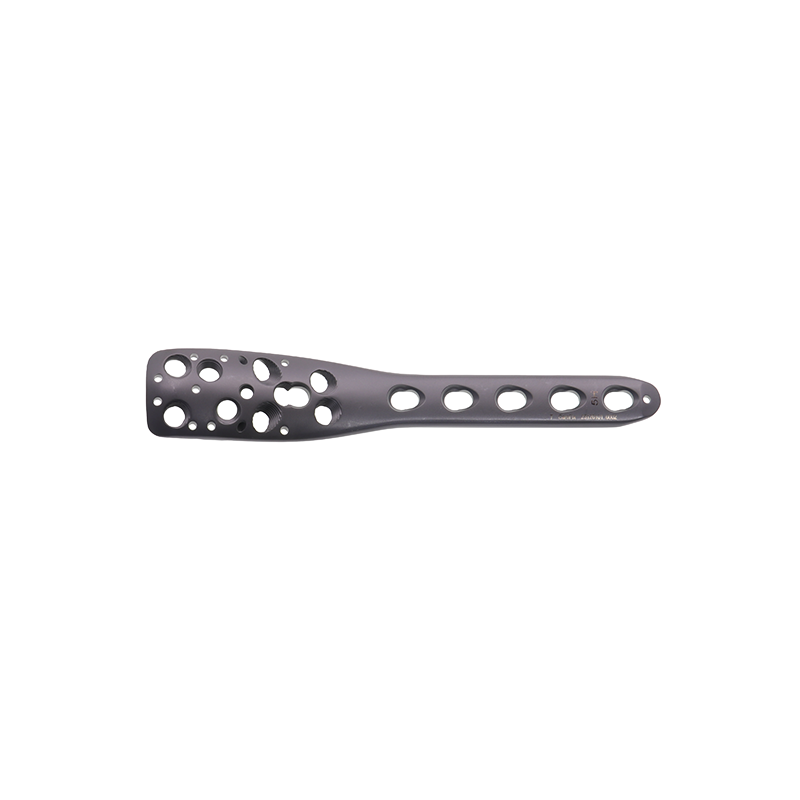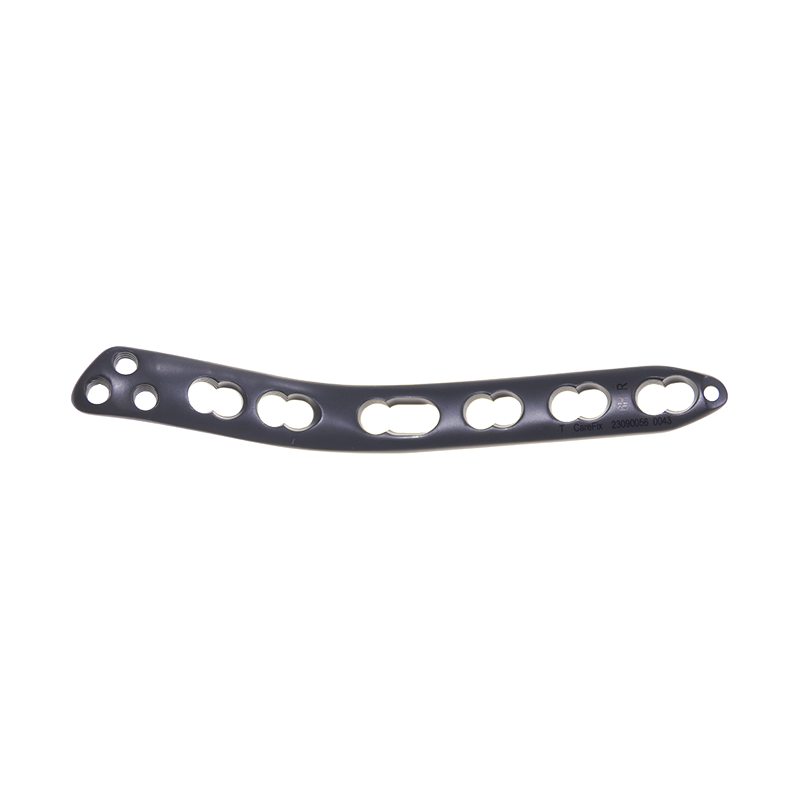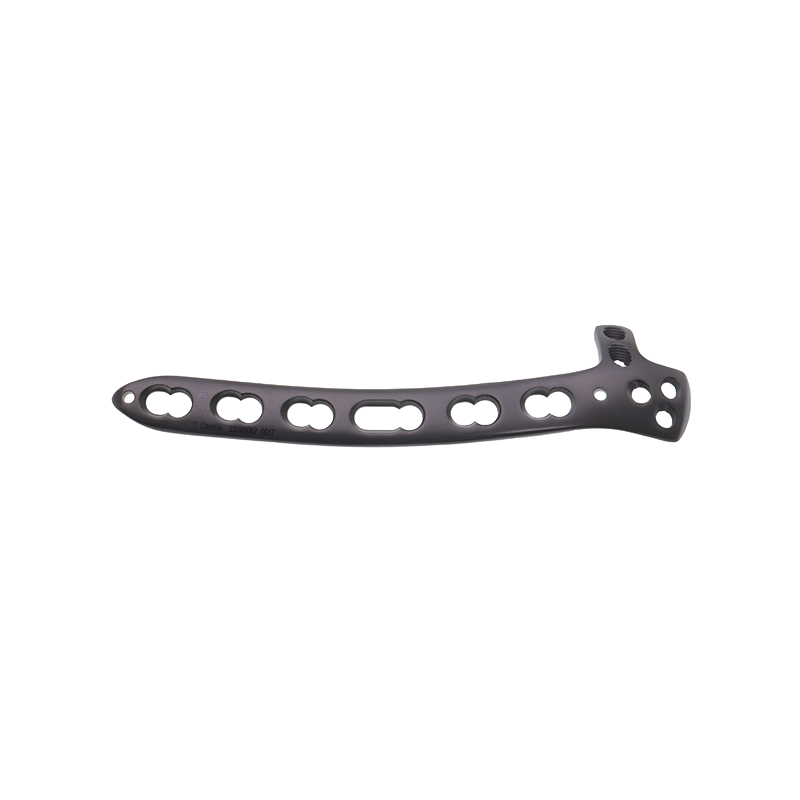humerus locking plate
The humerus locking plate represents a significant advancement in orthopedic surgical technology, specifically designed to provide superior stabilization and support for complex humeral fractures. This innovative medical device consists of a specialized metallic plate that attaches directly to the humerus bone using locking screws, creating a unified construct that enhances fracture healing. The plate's anatomically contoured design perfectly matches the natural shape of the humerus, ensuring optimal fit and patient comfort. Featuring multiple locking holes positioned strategically along its length, the plate allows surgeons to achieve precise screw placement for maximum stability. The system incorporates cutting-edge locking mechanism technology that prevents screw backout and maintains rigid fixation throughout the healing process. Its low-profile design minimizes soft tissue irritation while providing robust support for various fracture patterns. The plate is manufactured from high-grade biocompatible materials, typically titanium alloy, offering excellent strength-to-weight ratio and compatibility with medical imaging. This versatile fixation system can address both simple and complex fracture patterns, including proximal, shaft, and distal humeral fractures, making it an essential tool in modern orthopedic surgery.


